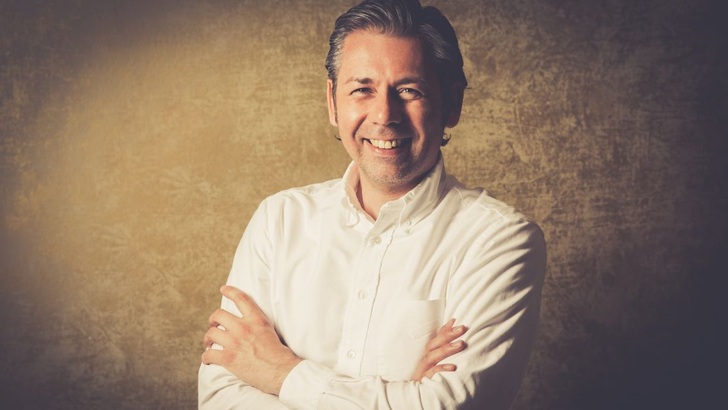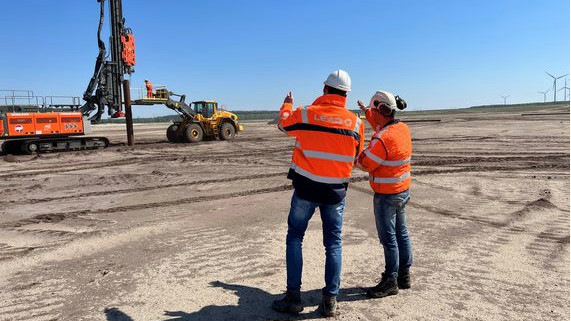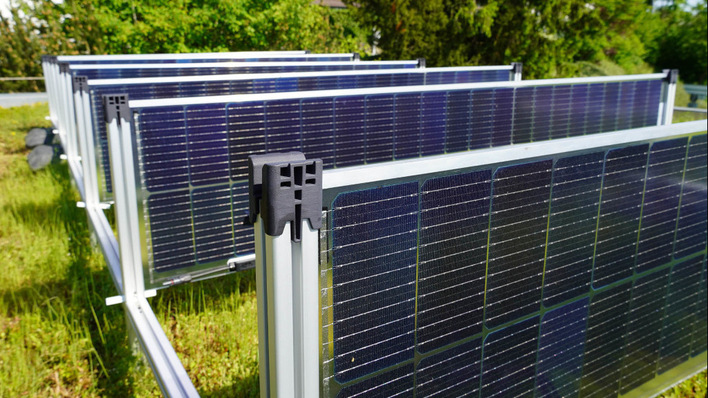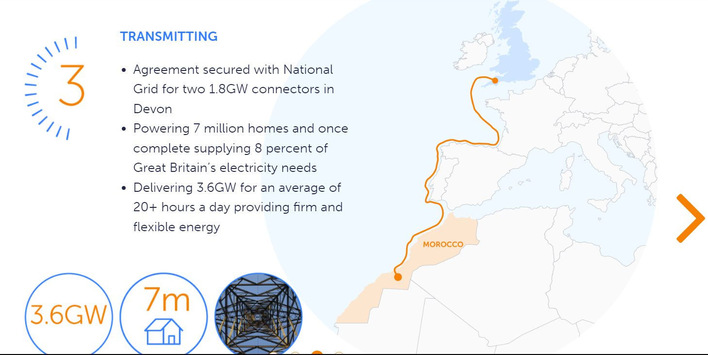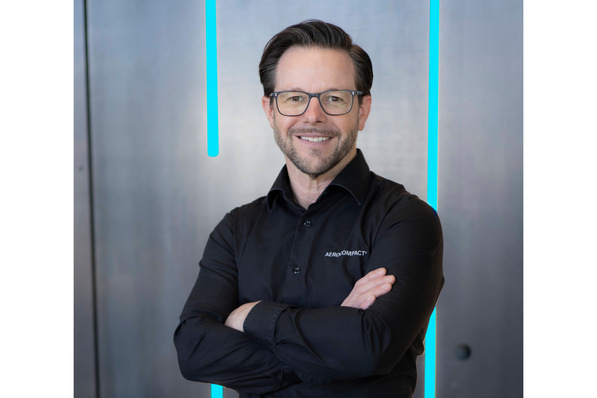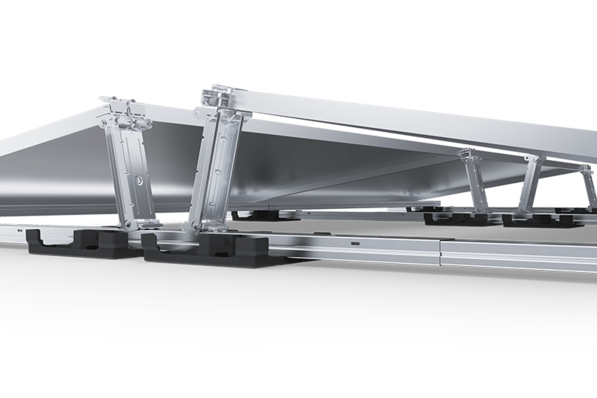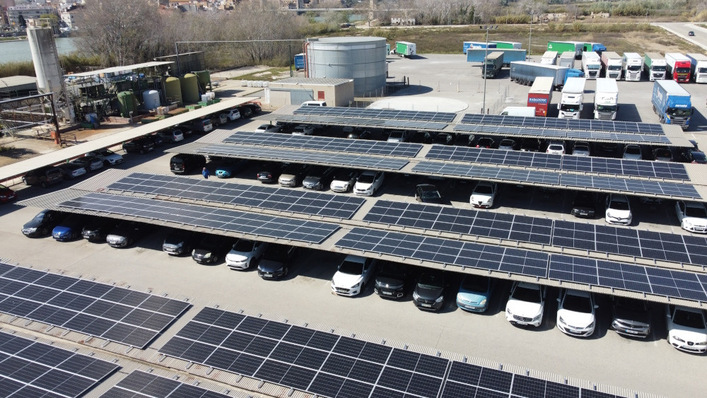Luxor Solar has been providing the market with specialised products for building-integrated photovoltaics (BIPV) for some time already. How would you assess the demand at the moment?
Thomas Dessoi: We are noticing that European markets in particular are developing in a variety of ways – they are differentiating. This can in part be attributed to the fact that the normative and regulatory frameworks used to vary between countries. Germany specifically is clearly behind the obvious European trend towards greater building-integration of PV. Our European neighbours to the north and west have been way ahead of us on this. For instance, it used to be the case in Germany, that if a solar panel were to be mounted overhead, that would require a DiBT (German Institute for Structural Engineering) certification for that product. In the Low Countries, France and Scandinavia, such obstacles were unknown. And so those markets are much more developed.
What do you mean?
The Low Countries, France and Scandinavia put a much greater value on aesthetics than we do, which is why such regulations are implemented much more quickly there. One great example of a cooperation that was beneficial for all sides was specialist solar full-black roofing tiles that we developed for our Danish customer Solartag. They have already been successfully integrated in a few projects. These glass-film tiles come with nine, 14 or 16 cells, while also being a roofing material in their own right.
How is the BIPV market in Sweden doing?
It is generally driven by larger projects. Commercial and public carports and façades are more important here. In the Low Countries, we are also noticing a greater interest in aesthetic solutions. The Netherlands in particular are seeing a rising demand, especially for residential buildings.
What products is there a demand for in the Netherlands?
For existing buildings, there is a call for in-roof solutions, mostly using pleasing double-glass panels. In the case of newly built houses or entirely refurbished roofs, there is more freedom to manoeuvre and people tend to increasingly favour solar roof tiles. We have developed a specialised and optically very appealing high-performance laminate for our Dutch partner Zep B.V. that is used to make the Zep solar roof tile. That makes it possible to realise any common tiled roof as a solar roof. The tiles are available in black as well as in classic brick-red and even satisfy the highest aesthetical standards. The solar array is a nearly invisible and integral part of the building envelope.
Is there also demand from Belgium and Luxemburg?
In the Low Countries, the Netherlands are clearly to key market, both in terms of products and of installed capacity. But Belgium is also developing very well. However, we are seeing a very different market situation in Flanders and Wallonia. In Belgium, the greatest demand is for the glass-glass solar panels from our Eco Line and Secure Line product ranges – both transparent and as the Black Edition. They are mostly used for rooftop arrays, where likewise, aesthetic considerations are key sales arguments. Luxemburg also sees a great demand for attractive solar panels, with a particular focus on Full Black. I expect the raising of the feed-in tariff in Luxemburg by 2019 to spur on demand even further, also in the field of BIPV. (HS)
Keep up with innovation in PV! Watch our PV Guided Tours at The Smarter E Europe in Munich:
https://www.pveurope.eu/Videos/pv-Guided-Tours-videos-2018
Stay informed, get our newsletter twice a week.
Register here: https://www.pveurope.eu/Newsletter
Read more about solar modules.
Read more about solar mounting systems.
Read more about solar energy storage.

